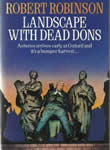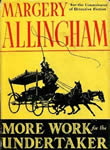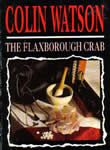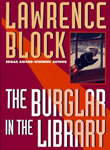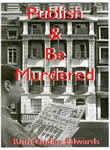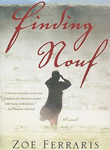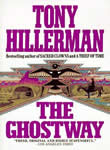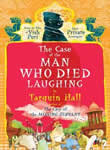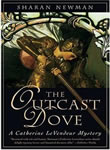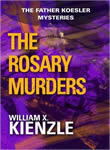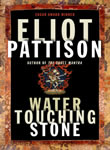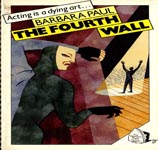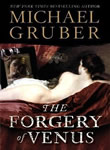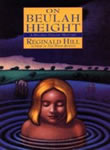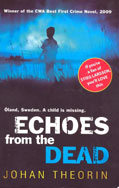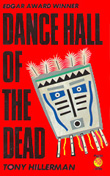Crime and the Printed Word
The two principal professions which produce factual and imaginative writing for the general public are journalism and literature, but many ancillary occupations are associated with writing and publishing. Reporters, authors, editors, literary agents, book designers, illustrators, printers, and booksellers all have specific skills and personal agendas which may bring them into conflict with each other while they are ostensibly working toward common goals – publication and sales. Political or religious beliefs, ambition, greed, envy, jealousy, or revenge may lead to crime among these talented individuals before or after publication. Even readers and book collectors play important roles. Some crimes are particular to this world, such as the suppression of information and falsification of facts in journalism or plagiarism and counterfeit editions in book publishing. These crimes are especially onerous and, when exposed in black and white, may incite murder.
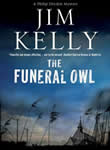
In Jim Kelly’s The Funeral Owl Philip Dryden, editor of two local Norfolk newspapers, The Crow and Ely Express, reveals the behind-the-scenes work of producing the provincial press. Dryden finds himself playing sleuth as he collects information on a local crime wave ranging from metal thefts and bootlegging to ritual murder. His sensitive nose for news and knowledge of the local area and its residents enable Dryden to discover facts vital to the police. So he forms a prickly partnership with Inspector George Friday in which they exchange news for mutual benefit. However, Friday strictly controls the release of their findings lest premature publication jeopardize police operations. So Dryden constantly frets that he will miss a deadline. Further tension is created because Dryden never completely trusts the police, suspecting them of shoddy work and a
preference for a quick fix over the truth.
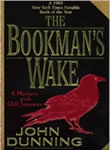
John Dunning's Bookman's Wake considers the art of printing from font design and paper choice, to layout of the text and the creation of unique variants. Artistic talent and taste inform every aspect of production when a gifted printer strives to
create a physical artefact worthy of the literary genius of the work it contains. When bookseller and bibliophile Cliff Janeway embarks on a dangerous quest to find a unique copy of E.A. Poe's The Raven, he is motivated by his belief that "A magnificent picture is never worth a thousand perfect words. Ansel Adams can be a great artist, but he can never be Shakespeare." Language is essential to plumb the depths of the human condition. Janeway also reveals great familiarity with the book trade during his search.

Full of ironic humor, Peter Lovesey's Bloodhounds focuses on consumers of the printed word in the form of a crime fiction reading group named the Bloodhounds. Although readers play a vital role a symbiotic relationship with authors, in Bloodhounds Lovesey pokes gentle fun at the foibles of fans. The ill-assorted members meet weekly to discuss their favorite genres and authors. Within a locked room murder mystery (á la John Dickson Carr), Lovesey parodies generic features, writers, and characters as members discuss their literary preferences and reveal their intolerances. They are challenged to solve the theft of a rare postage stamp when it turns up in their midst at a meeting, followed shortly by the discovery of a dead body on a member's houseboat.

Umberto Eco, The Name of the Rose (content coming soon!)

